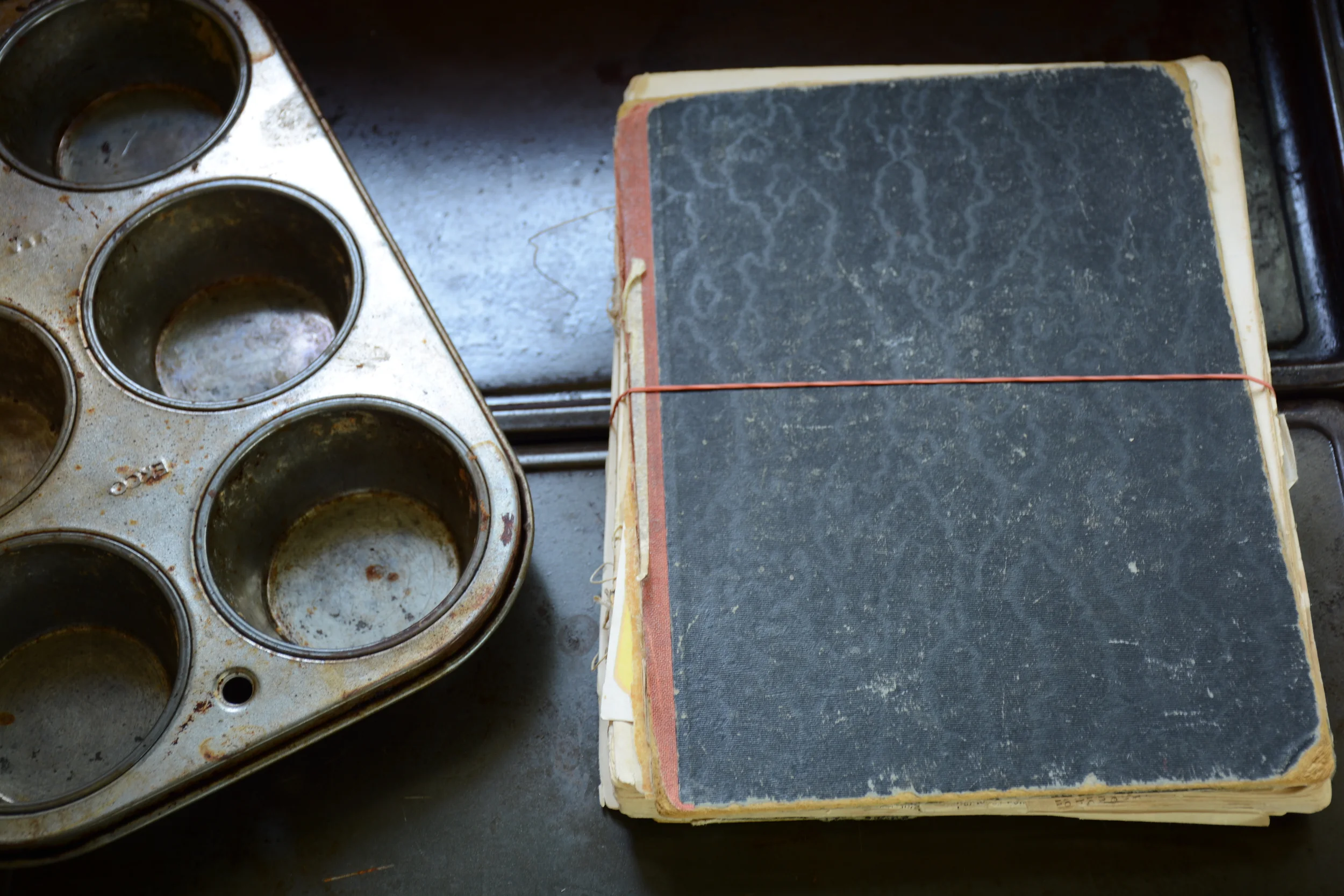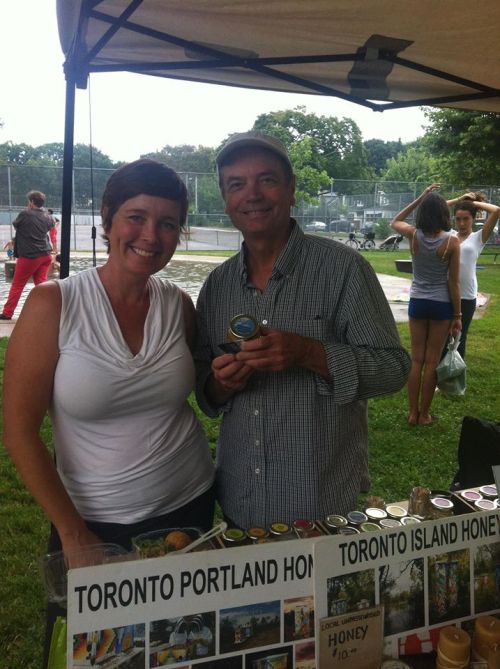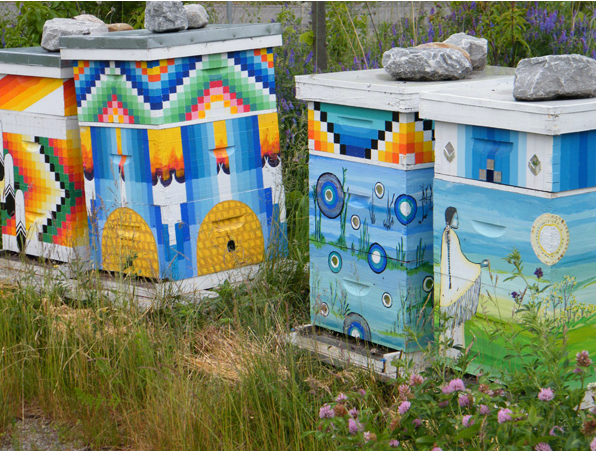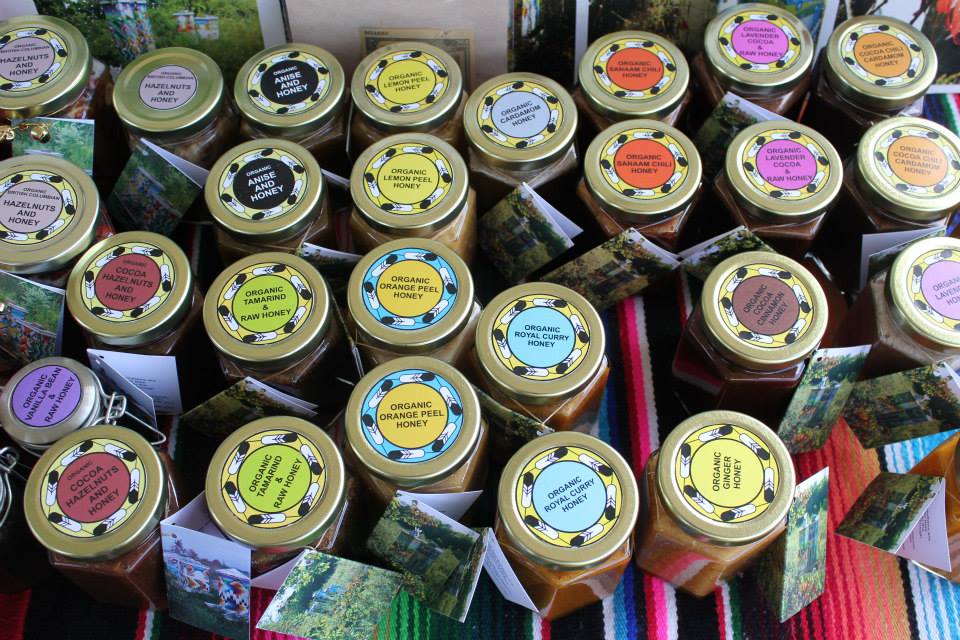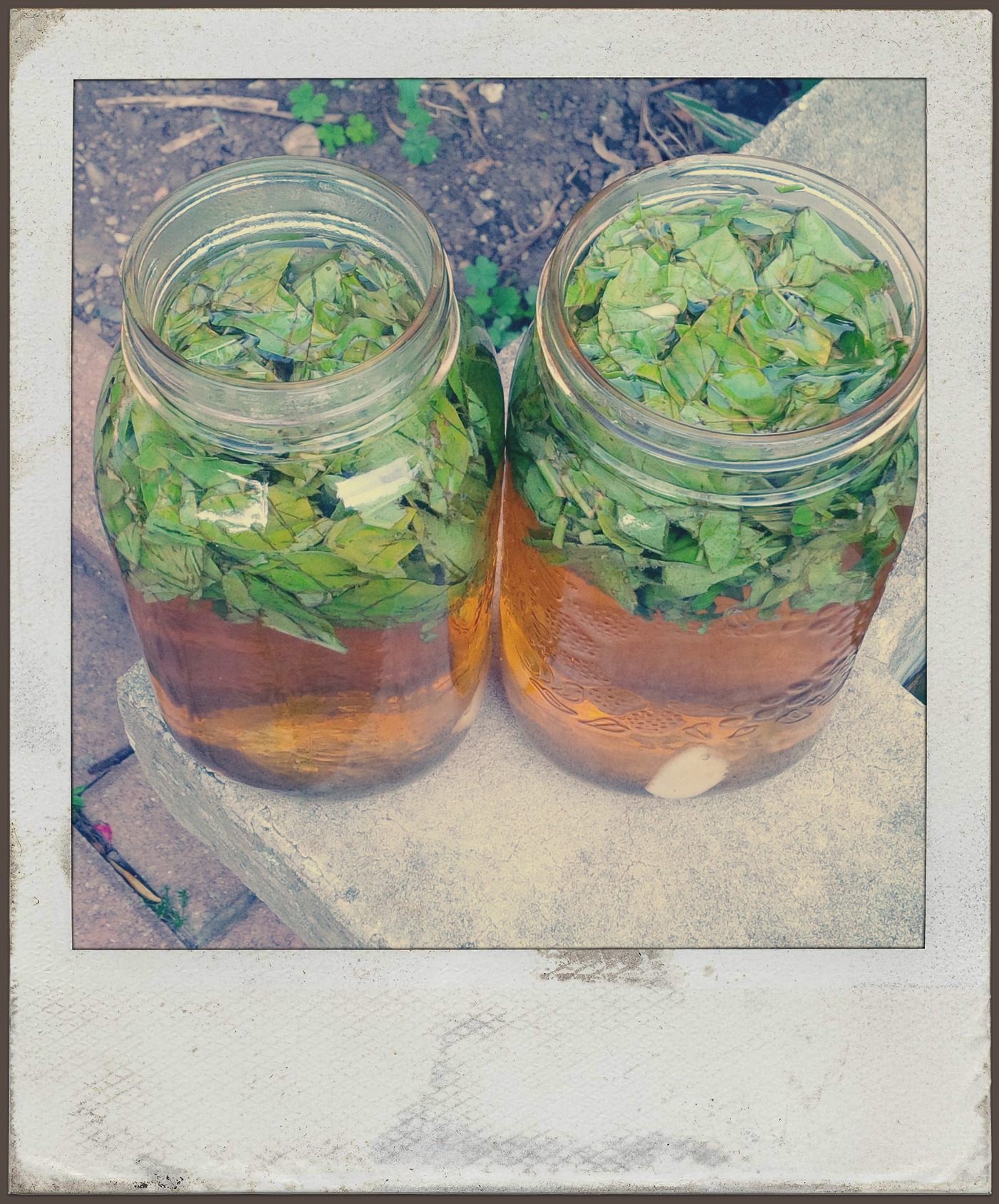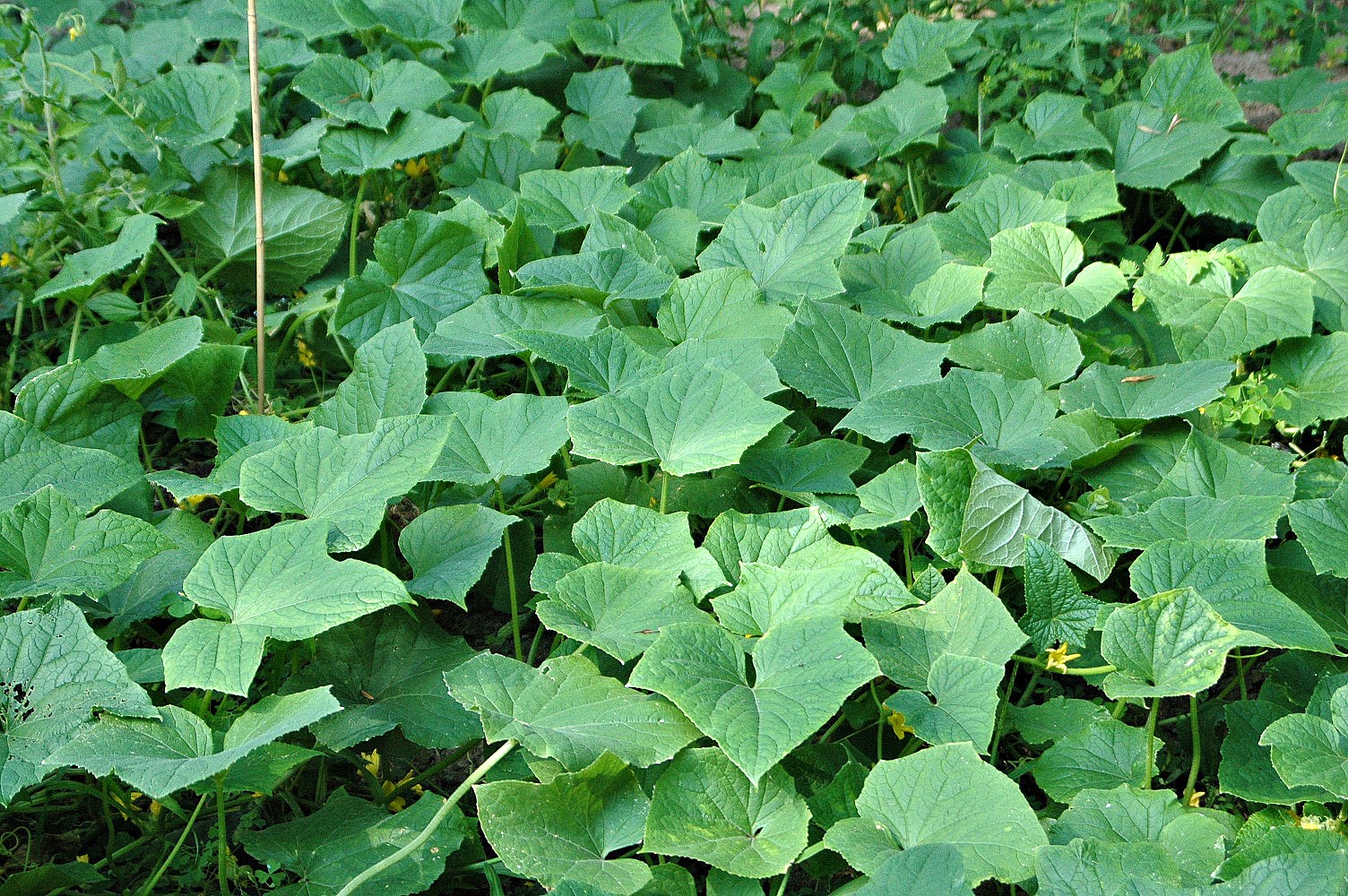Manitoba Pickles - tried, tested and true
/
I recently unveiled a new seasonal product at the Farmer's Market called Manitoba Pickles and the most common question I get about them is "Why are they called Manitoba Pickles?". My answer is "I have no idea." Now it doesn't just stop there, see...there is a story behind this mysterious pickle.
Last year, I was at Withrow Market and this lovely lady came up to my tent and she engaged me in conversation. We were chatting away about the different samples I had out and she asked me if I ever made Manitoba Pickles. I told her flat out that I had never even heard of them. So she said she was going to go home and get the recipe and bring it to me. To be honest, I didn't think I would see her again. No disrespect to her, but you hear quite a few things at the market ;).
But within a half an hour she had returned with the recipe in hand. Now I don't recall if it was a family recipe or something she had gotten out of a magazine or from a friend. I was still working full time and doing Manning Canning part time, so my time was stretched pretty thin and I just didn't get around to trying her recipe last year.
But this year, we planted cucumbers in our garden and they have been producing like rabbits. I have given some away to neighbours, my in-laws and we have been eating them on a daily basis and still I knew if I didn't preserve them there would be no way to consume them all.

When I sat down to think about what I should do...I remembered the recipe tucked away in my recipe box and immediately dug it out. I had my answer. Manitoba Pickles here we come.
Ingredients
6 cups sliced cucumbers
2 cups sliced onions
2 cups vinegar
2 cups sugar
1 tbsp salt
1 tsp mustard
2 tsp tumeric
1 tbsp corn starch
Slice your cucumbers and place in a bowl. Sprinkle 1 tbsp of salt over them and give them a good stir. Let them sit for an hour and then drain and rinse.

In a medium sized pot, combine onions and cucumbers with vinegar and sugar. In a separate bowl dissolve tumeric, mustard and corn starch with a little bit of water to make a thin paste and then add to the pot with the cucumbers and onions.
Place the pot over medium heat and stir until the sugar completely dissolves. Increase the heat to medium high and bring the mixture to a boil Reduce heat and cook for 10 minutes stirring frequently.
Reduce heat and cook for 10 minutes stirring frequently.
Ladle into sterilized jars leaving 1/2" headspace. If necessary, wipe rims with damp paper towel. Centre lids on jars; screw on bands fingertip tight.
Process jars in a boiling water bath canner for 15 minutes.
When time is up, remove jars from pot and let them cool on a kitchen towel. When jars are cool enough to handle, remove rings and test seals. Place any unsealed jars in the refrigerator and use promptly. All sealed jars can be stored in a cool, dark place for up to 1 year.


